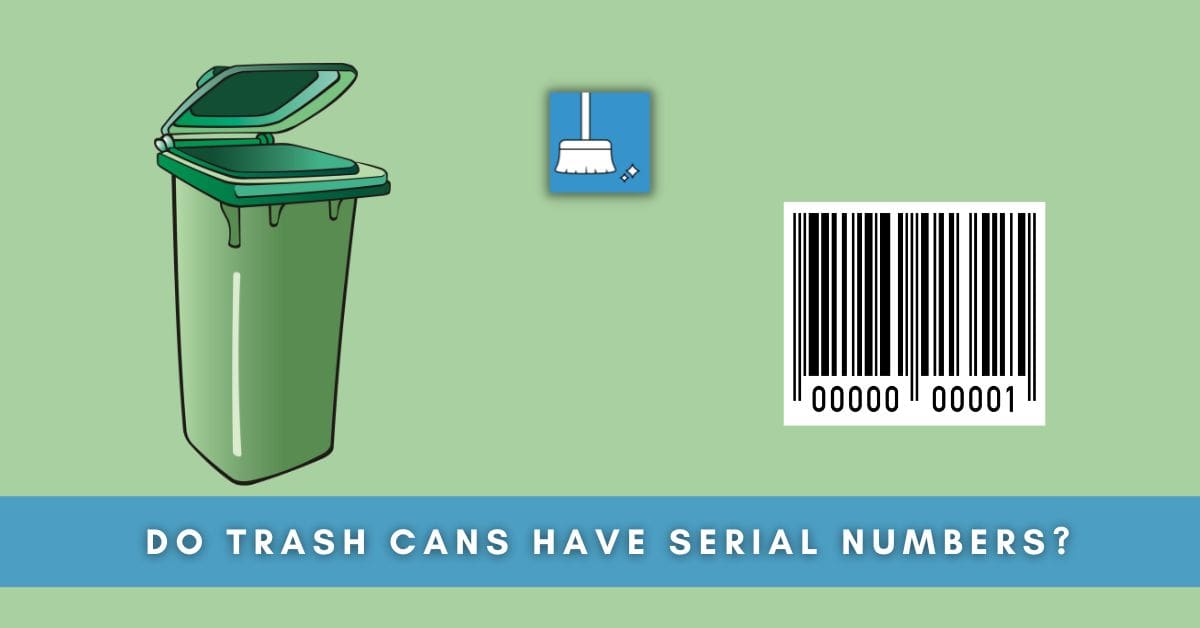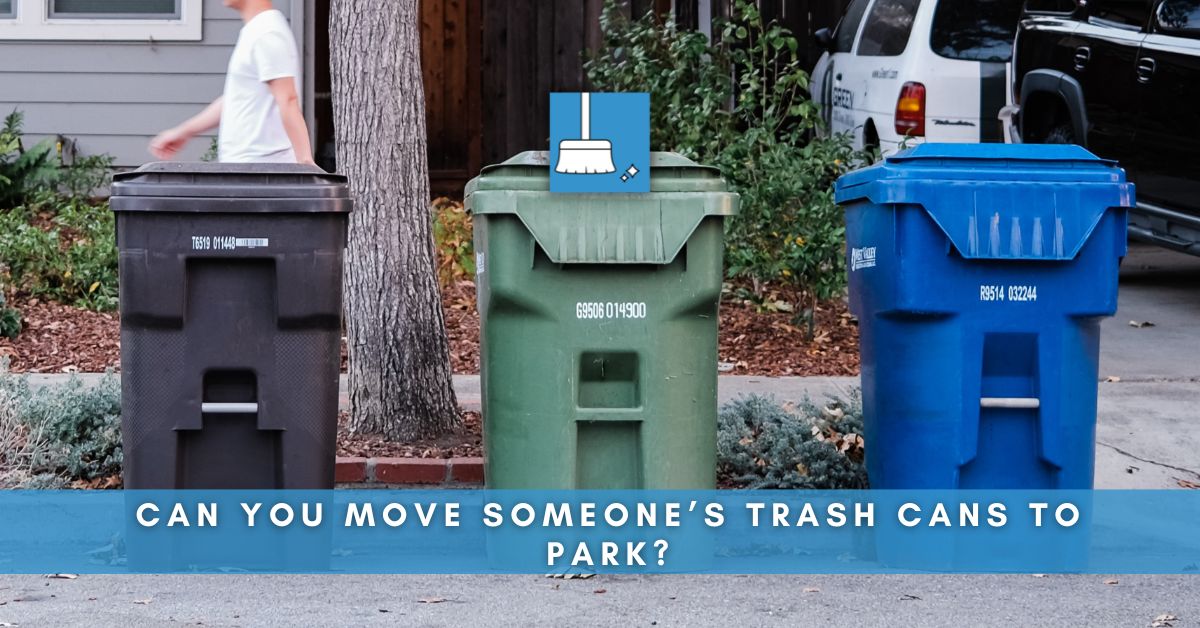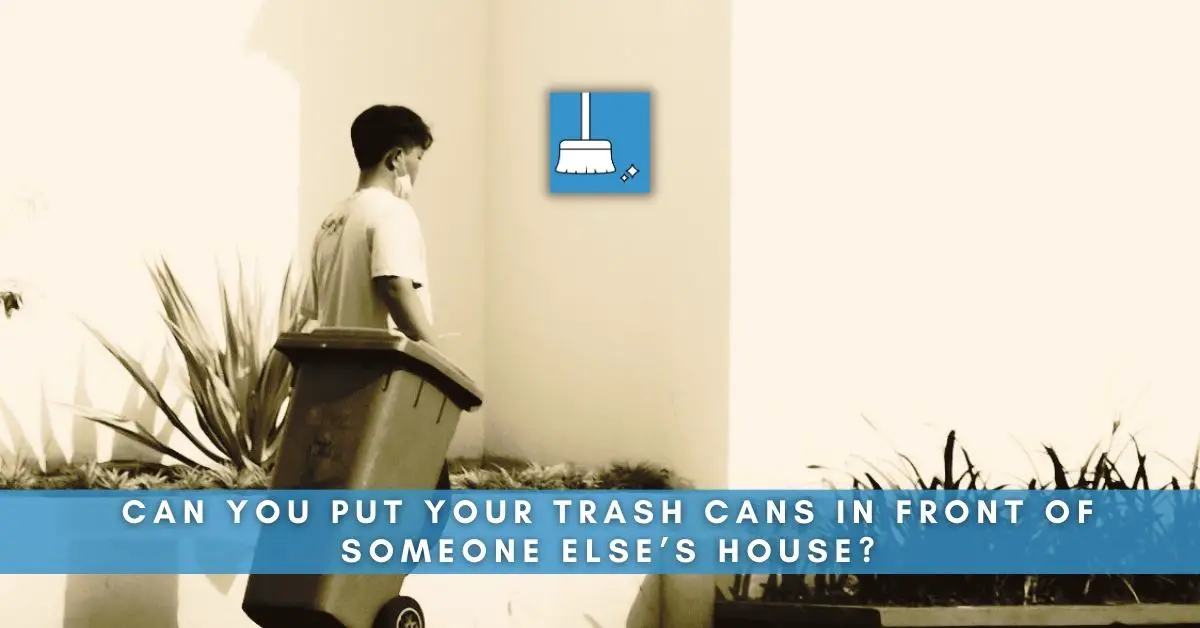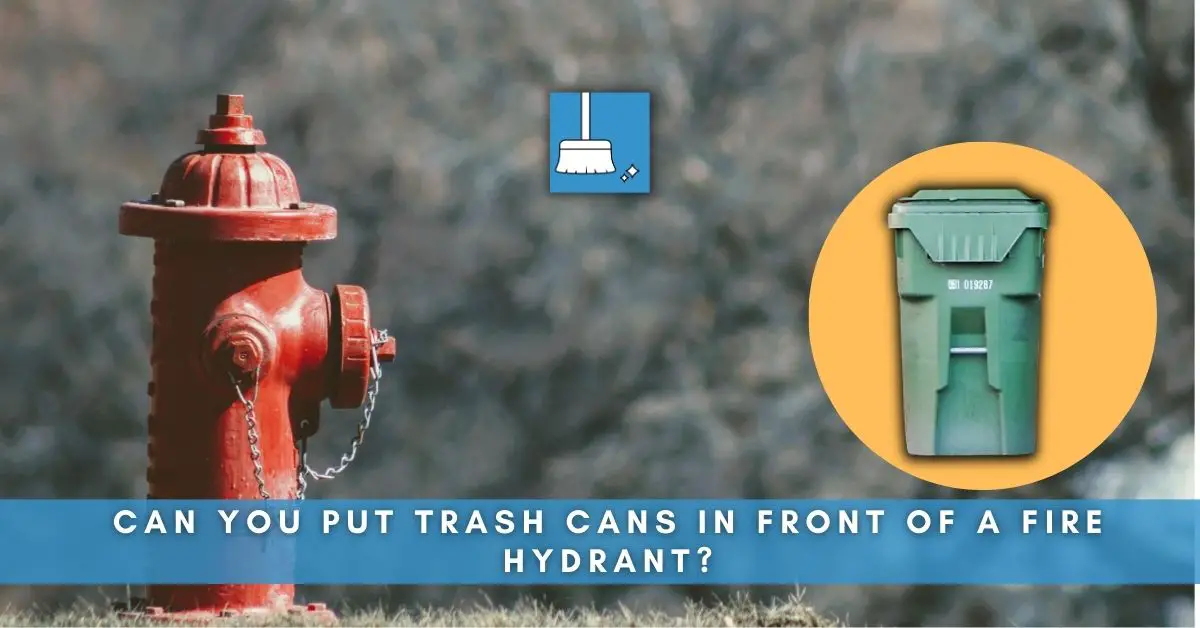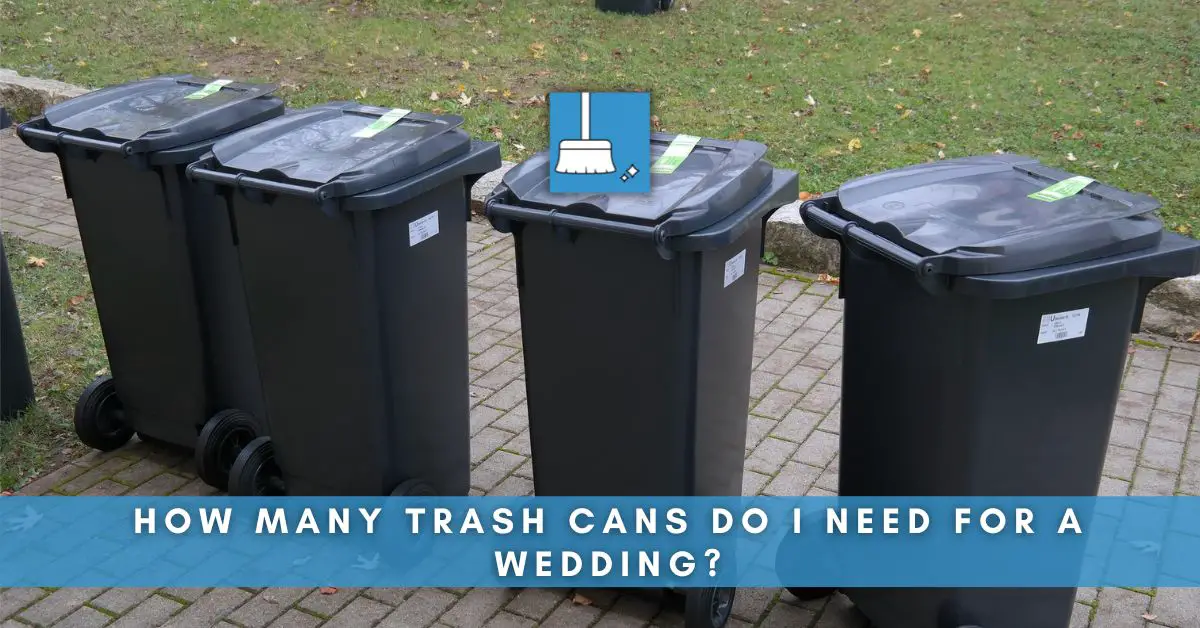Have you ever faced the dilemma of a missing trash or recycling cart? It’s not an uncommon issue, as these essential household items can go missing for various reasons – often accidentally taken by a neighbor or displaced during waste collection.
In such situations, it’s essential to report the missing cart to the appropriate authorities as soon as possible to avoid any inconvenience or potential fines.
Trash Can/Cart & Serial Numbers
Most trash cans have their serial numbers located on the front side, often in large white numbers. The serial numbers typically provide useful information about the trash can, such as the manufacturing year and the size of the cart.
Determining Cart Size with Serial Numbers
Knowing the size of your trash can is important when it comes to exchanging, repairing, or replacing your trash and recycling carts.
Determining the size of a trash can might seem tricky, but it can actually be done quite easily by looking at the serial number.
The size of your trash can is indicated by a specific digit within the serial number. For instance, a 3 indicates a 35-gallon cart, a 6 indicates a 65-gallon cart, and a 9 indicates a 95-gallon cart.
Additionally, keeping track of your trash can’s serial number can help deter theft and assist in identifying the container if it is lost or misplaced. [1][2]
Reporting a Missing Trash Can
When reporting the missing cart, providing this serial number can be helpful in tracking down your cart in the neighborhood, especially when all carts are placed out on the street during trash day.
If the missing cart cannot be found, the legal owner may need to fill out a form indicating that the cart is stolen or missing and needs to be replaced.
Keep in mind that there might be a replacement fee involved, which would cover the cost of the new cart.
In the event that the stolen or missing cart is discovered being used by another address, report this issue immediately, as this is considered unlawful and may result in fines for the address in question.
Authorities will take appropriate action and return your cart safely to your address. [3]
Affidavit for a Stolen or Missing Cart
In the unfortunate event that a trash or recycling cart goes missing, some municipalities require you to complete an affidavit to request a replacement.
This affidavit serves as a formal document indicating that the cart is stolen or missing and requires a replacement.
If the lost cart is not found after searching the neighborhood, the legal owner must complete the affidavit form and return it to the appropriate office, either by dropping it off or sending it through regular mail.
Replacement Fee for a Missing Cart
When a trash or recycling cart cannot be found, the owner may have to pay a replacement fee. This fee is around $55-$75 (example in City of Lowell, the fee is around $75 )and covers the cost of the new cart itself.
In order to avoid incurring such fees, it is important to report a missing cart as soon as possible to the relevant department or office.
Finding a Missing Cart
Having a trash or recycling cart go missing can be a real inconvenience. In most cases, the cart has been accidentally misplaced within the neighborhood.
To locate your missing cart, start by contacting your local city office, as each cart is assigned a unique serial number found in white lettering.
With the serial number in hand, you can scan your neighborhood for the missing cart, which is best done on trash collection day when all carts are out in the street.
If you are unable to locate the cart, the legal owner may need to fill out a form stating that the cart is missing and needs to be replaced. [4]
Unlawful Disposal of Waste
Unlawful disposal of waste, also known as illegal dumping or fly-tipping, poses a significant problem for communities and the environment.
This irresponsible act involves the intentional discarding of trash, debris, or hazardous materials in unauthorized locations.
Such areas may include public parks, roadsides, vacant lots, or other public and private spaces that are not designated for waste disposal.
Illegal dumping not only tarnishes the appearance of neighborhoods but also poses health hazards, contaminates water resources, and attracts rodents.
It further harms the environment by releasing toxic materials, contributing to air and water pollution, and disrupting ecosystems.
To combat this issue, local authorities usually implement various strategies, including increased surveillance, the use of hidden cameras, and public awareness campaigns.
Reporting incidents of unlawful waste disposal can help authorities identify and penalize offenders, thereby discouraging such acts and protecting the environment. [5]
Refuse and Recycling Cart Sizes
Refuse and recycling cart sizes vary depending on the location and service provider.
In most cases, residents and property owners can purchase trash and recycling containers from their local Department of Public Works if they provide collection services.
Some providers offer a range of cart sizes to suit different households, while others offer a one-size-fits-all solution.
For instance, most households in the District of Columbia have a weekly trash collection programme and use a 96-gallon cart, also known as a Supercan, for their trash and a 64-gallon recycling cart
In contrast, homes that are situated in narrow streets and alleys get their trash picked up twice a week. They use smaller “mini-Supercans” (32 gallons) for their trash.
For their 48-gallon recycling carts, a once-a-week pickup programme is in place.
It’s essential to check with the local waste management authority to determine the appropriate cart sizes for specific areas.
Also, remember to mark trash carts with the word “trash” and record the container’s serial number if applicable, as it can help deter theft and assist in identifying the container if it goes missing.

